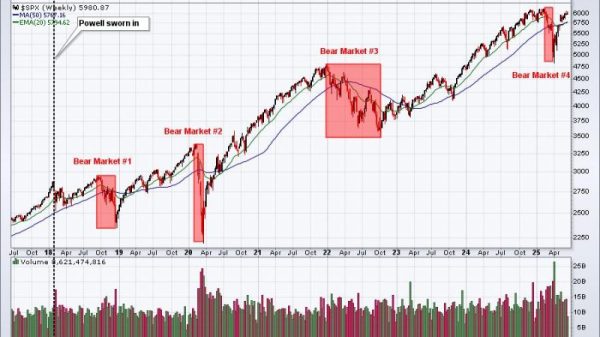Sen. JD Vance (R-Ohio) was at an event in Pennsylvania supporting his candidacy as Donald Trump’s running mate when he was asked whether he had anything in common with Vice President Harris’s newly announced running mate, Minnesota Gov. Tim Walz (D).
“We’re White guys from the Midwest,” Vance replied. “I guess there’s similarities there.”
Both Vance and Walz are, in fact, White and are, in fact, guys. They are also both from the region of the country that has made the difference in the past two presidential contests. As for their both being from the Midwest, though? That’s subject to some interpretation.
There is a formally defined region called the “Midwest.” The Census Bureau delineates it as the 12 states running from the Dakotas south to Kansas and then up over to Ohio. Minnesota is in the middle at the top.
But there’s also a conceptual Midwest, an idea of America’s heartland. The Midwest is that place where the landscape alternates between cow sheds and abandoned factories, where the only thing that is afforded more respect than hard work is the American flag. This idea of a White, rural Midwest is at odds with the actual Midwest — a place that by any sensible definition includes the city of Chicago, for example — but it is the sensibility to which politicians like Vance generally appeal.
In 2022, YouGov polled Americans to determine how they viewed the boundaries of the Midwest; that is, where the concept met geography. Respondents were asked whether individual states were fully or partially in the Midwest, yielding the map below.
Five states were viewed by a majority of respondents as fully falling within the definition of “Midwest”: Illinois, Indiana, Iowa, Kansas and Nebraska. Ohio, where Vance was born, was seen as fully Midwest by only about 4 in 10 respondents. Minnesota fared slightly better — but we should note that Walz is originally from Nebraska.
There was an interesting partisan divide in perceptions. Republicans tend to see the Midwest as sitting a bit further southwest than do Democrats. A majority of members of both parties agreed that the five states listed above were fully Midwestern, but most Democrats said the same of Wisconsin while most Republicans said that Missouri was fully Midwestern.
Democrats were 10 points more likely to say that Ohio was fully or in part in the Midwest than were Republicans, meaning that Vance’s own party is less likely to see him as a Midwesterner than are members of Walz’s party. That’s before considering that Vance’s life story centers on his family in the state’s Appalachian region; Kentucky and West Virginia score even lower on Midwestern-ness than the Buckeye State.
Of course, this exploration of geography also doesn’t capture how the candidates comport with that conceptual element of Midwesternism. There, Walz would seem to have the advantage. Both vice-presidential candidates are veterans. But before entering politics, Walz was a public school teacher and football coach in Minnesota. Vance was an author and venture capitalist in California’s Silicon Valley. Walz got his bachelor’s degree from a state college in Nebraska and a graduate degree from Minnesota State University. Vance went to Ohio State University as an undergraduate before attending Yale University for his law degree.
This battle of the Midwestern stars doesn’t really matter that much. As Vance himself recently admitted, the vice-presidential nominee isn’t that much of a draw for voters. But it’s a convenient argument for him to make in the context of the newly defined race: Walz, even in the eyes of Republicans, has a better claim to a Midwestern pedigree.
So that’s that. Now just imagine how much fun we could have had if the two vice-presidential picks both claimed to be from Upstate New York.
























